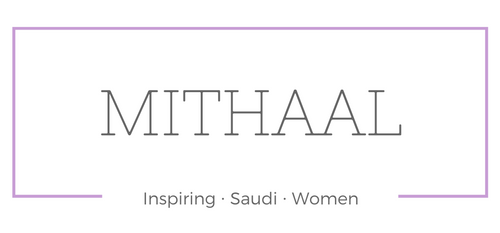Campaign to inspire Saudi fashion designers launched
/Saudi women fashion label, Femi9, has launched a new campaign to inspire Saudi fashion designers and give them an opportunity to join the world of business.
The Women Appreciation Month (WAM) campaign, will see three contestants selected from among 15 candidates, to win the WAM Fashion Award.
A judging panel of top fashion experts will select three entrants with the most creative and outstanding designs.
All the 15 qualified designers will have a chance to showcase and market their designs before fashion experts, media outlets and attendees at the event.
They will also be awarded a certificate and a plaque from WAM Fashion Award.
The winners will be shown the steps they need to take to start their own e-shop on a website dedicated for fashion.
They will be able to sell their products around the world throughout the year without having to pay any logistics expenses.
Their designs will be displayed at Tbatik Boutique for three months. The judging panel will include the head of fashion design at Dar Al Hekma University, Prof. Dina Qattan, fashion designer and founder of Razan Al-Azouni brand, Razan Al-Azouni, the senior designer at Femi9, Yosra Efawee, and the founder of Niche company, Marriam Mossalli.
WAM is an annual initiative led by Femi9 in its efforts to recognize women’s role in society and express its appreciation for their contributions.
The initiative focuses on celebrating womanhood through different platforms that are of significance to women and play an important role in their lives.
Originally published on Saudi Gazette





